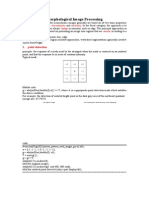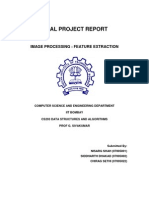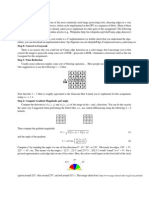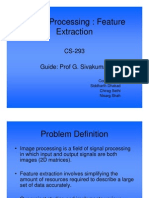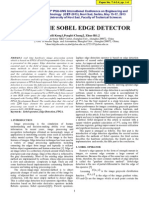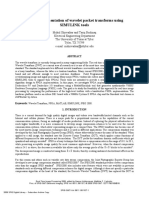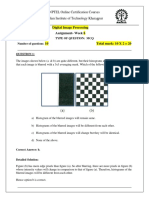0% found this document useful (0 votes)
53 views3 pagesIP Lab 4
The document outlines a practical exercise comparing three edge detection algorithms: Sobel, Canny, and Laplacian, using RGB images. It details the steps for each algorithm, including image processing techniques like grayscale conversion and Gaussian blur. The exercise emphasizes the applications of edge detection in various fields such as medical imaging and object recognition.
Uploaded by
srushtis1314Copyright
© © All Rights Reserved
We take content rights seriously. If you suspect this is your content, claim it here.
Available Formats
Download as PDF, TXT or read online on Scribd
0% found this document useful (0 votes)
53 views3 pagesIP Lab 4
The document outlines a practical exercise comparing three edge detection algorithms: Sobel, Canny, and Laplacian, using RGB images. It details the steps for each algorithm, including image processing techniques like grayscale conversion and Gaussian blur. The exercise emphasizes the applications of edge detection in various fields such as medical imaging and object recognition.
Uploaded by
srushtis1314Copyright
© © All Rights Reserved
We take content rights seriously. If you suspect this is your content, claim it here.
Available Formats
Download as PDF, TXT or read online on Scribd
/ 3

























